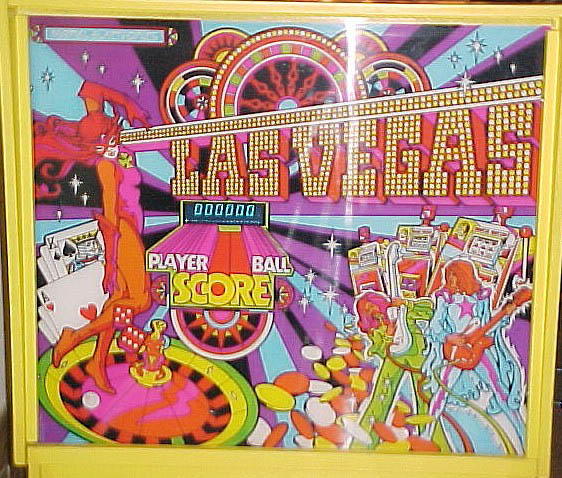
It was missing out on a huge chunk of Vegas’s tourist bonanza, though: the many, many people who come to town and don’t ever think of leaving the Strip for even a second. The Pinball Hall of Fame sat in that building on Tropicana Avenue for years, drawing the pinball faithful and explorers looking for Vegas’s “quirkier” offerings. It wasn’t something you could just stumble upon during a trip to Vegas you had to know it existed, you had to really want to go there, and you had to get a car to make that possible. From the outside it looked like it should be a dentist’s office, or a telemarketing call center. The first time I visited the Pinball Hall of Fame (and the second, and the third, and the fourth… I’ve been to this place a lot) it was a few miles off the Strip, in a generic, featureless building surrounded by a strip mall and a storage center, and across the street from a huge, empty lot. It’s not just a huge new sign that’s made Tim Arnold’s Sin City shrine to pinball easier to find. I mean, just look at this photo: you could play a regulation game of basketball on that sign. It’s the vintage arcade games that truly make it stand out.The Pinball Hall of Fame in Las Vegas used to be a little hard to find.

But throughout the board are metal pins that direct your ball away from the holes – hence, the name pinball.īut this place offers much more than just pinball games. Each hole corresponds to its own puzzle piece. The goal is to get the metal ball into each of the holes on the board and eventually complete the puzzle. The game was JIGSAW and it was built in 1931, making it one of the oldest games in their collection. One of the interesting things about this place is that it houses an original pinball machine, owned by Tim and Charlotte, before it was formally known as pinball. As you make your way through the aisles examining all this place has to offer, you’ll begin to realize that the child inside of you is still alive and well.Įver see a pinball machine before it was formally known as pinball? Did you even know there was something before pinball, which helped to pave the way for its modern name? The air is filled with the sounds of clinking coins, repeated echoes of the bells and chimes for the machines, lots of laughter and maybe even a few tears. There’s a dim lighting throughout that enhances the glow of the pinball machines. The interior consists of rows and rows of pinball machines with a collection of vintage arcade games mixed in, some that date as far back as the 1930s. You may think you’ve taken a step back in time as you walk through the doors, but that’s all part of its appeal. The goal was to raise enough money to eventually open the Pinball Hall of Fame, which became a reality in 2006. Lucky enough for them, one of the joys about Vegas is not having to worry about rain too often.Įventually, he moved the games into a warehouse and began “Fun Nights,” a night when the games were available to the public to enjoy. Not sure what to do with them after they arrived, Tim stored them in the tennis court in his backyard.

In the early 1990s, he and his wife, Charlotte, moved to Las Vegas, bringing with them a collection of almost 1,000 pinball machines. Over the years, Tim continued to collect and built up quite a collection of both pinball machines and vintage arcade games.

Eventually, the ban was lifted in the 1970s, making pinball available to everyone. Throughout his childhood, pinball was quite popular, especially considering that it was banned in New York, Los Angeles and Chicago because many associated it with gambling. Tim Arnold began collecting pinball machines when he was just 16 years old.


 0 kommentar(er)
0 kommentar(er)
